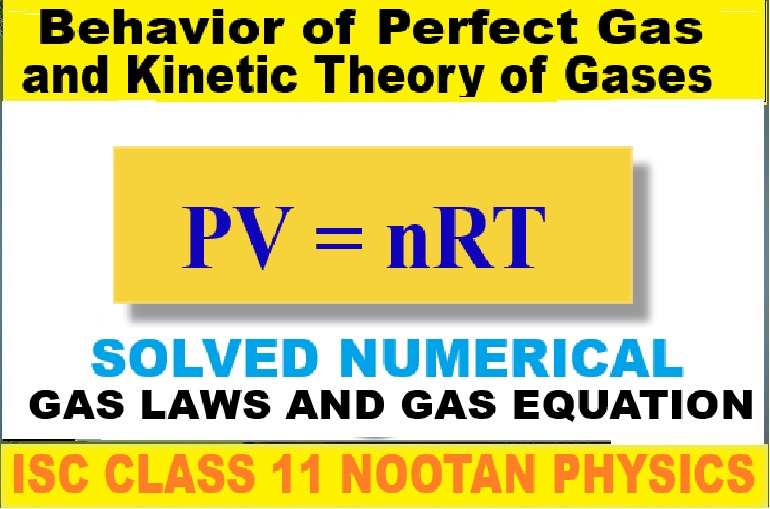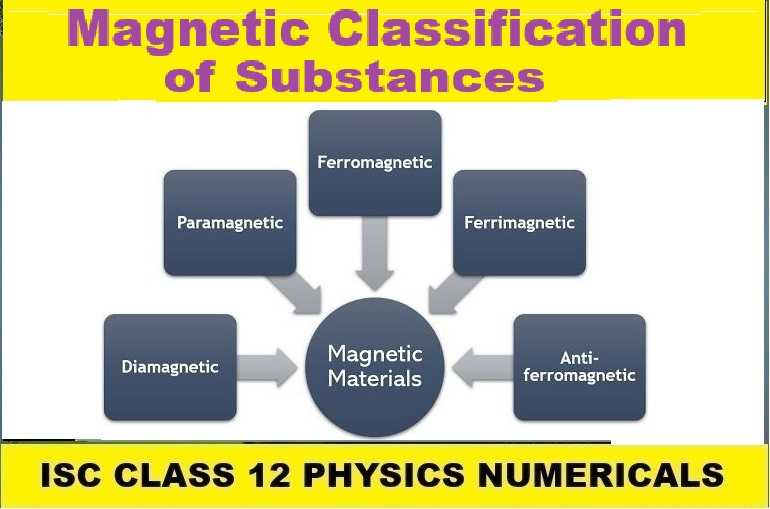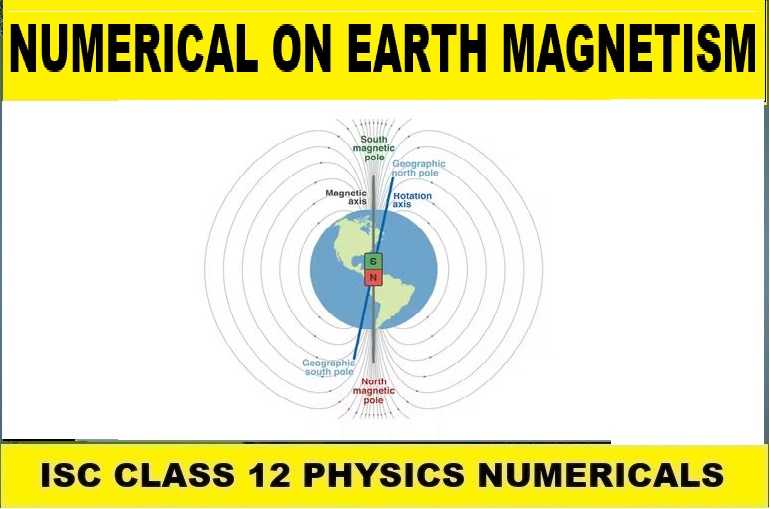ML Aggarwal Compound Interest Chapter Test Class 9 ICSE Maths Solutions. We Provide Step by Step Answer of Chapter Test Questions for Compound Interest council prescribe guideline for upcoming board exam. Visit official Website CISCE for detail information about ICSE Board Class-9.
ML Aggarwal Compound Interest Chapter Test Class 9 ICSE Maths Solutions
| Board | ICSE |
| Subject | Maths |
| Class | 9th |
| Chapter-2 | Compound Interest |
| Topics | Solution of Ch-Test Questions |
| Edition | 2024-2025 |
Chapter Test on Compound Interest
Question 1. ₹ 10000 was lent for one year at 10% per annum. By how much more will the interest be, if the sum was lent at 10% per annum, interest being compounded half yearly?
Answer :
It is given that
Principal = ₹ 10000
Rate of interest (r) = 10% p.a.
Period = 1 year
We know that
A = P (1 + r/100)n
Substituting the values
= 10000 (1 + 10/100)1
By further calculation
= 10000 × 11/10
= ₹ 11000
Here
Interest = A – P
Substituting the values
= 11000 – 10000
= ₹ 1000
In case 2,
Rate (r) = 10% p.a. or 5% half-yearly
Period (n) = 1 year or 2 half-years
We know that
A = P (1 + r/100)n
Substituting the values
= 10000 (1 + 5/100)2
By further calculation
= 10000 × 21/20 × 21/20
= ₹ 11025
Here
Interest = A – P
Substituting the values
= 11025 – 10000
= ₹ 1025
So the difference between the two interests = 1025 – 1000 = ₹ 25
Question 2. A man invests ₹ 3072 for two years at compound interest. After one year the money amounts to ₹ 3264. Find the rate of interest and the amount due at the end of 2nd year.
Answer :
It is given that
Principal (P) = ₹ 3072
Amount (A) = ₹ 3264
Period (n) = 1 year
We know that
A/P = (1 + r/100)n
Substituting the values
3264/3072 = (1 + r/100)1
By further calculation
1 + r/100 = 17/16
r/100 = 17/16 – 1 = 1/16
By cross multiplication
r = 100 × 1/16 = 25/4 = 6 ¼
Hence, the rate of interest is 6 ¼%.
Here
Amount after 2 years = 3072 (1 + 25/ (4 × 100))2
By further calculation
= 3072 (1 + 1/16)2
So we get
= 3072 × 17/16 × 17/16
= ₹ 3468
Hence, the amount due at the end of 2 years is ₹ 3468.
Question 3. What sum will amount to ₹ 28090 in two years at 6% per annum compound interest? Also find the compound interest.
Answer :
It is given that
Amount (A) = ₹ 28090
Rate (r) = 6% p.a.
Period (n) = 2 years
We know that
P = A ÷ (1 + r/100)n
Substituting the values
= 28090 ÷ (1 + 6/100)2
By further calculation
= 28090 ÷ (53/50)2
So we get
= 28090 × 50/53 × 50/53
= ₹ 25000
Here
Amount of CI = A – P
Substituting the values
= 28090 – 25000
= ₹ 3090
Question 4. Two equal sums were lent at 5% and 6% per annum compound interest for 2 years. If the difference in the compound interest was ₹ 422, find:
(i) the equal sums
(ii) compound interest for each sum.
Answer :
Consider ₹ 100 as each equal sum
Case I –
Rate (r) = 5%
Period (n) = 2 years
We know that
A = P (1 + r/100)n
Substituting the values
= 100 (1 + 5/100)2
It can be written as
= 100 × 21/20 × 21/20
= ₹ 441/4
Here
CI = A – P
Substituting the values
= 441/4 – 100
= ₹ 41/4
Case II –
Rate of interest (R) = 6n
Period (n) = 2 years
We know that
A = P (1 + r/100)n
Substituting the values
= 100 (1 + 6/100)2
It can be written as
= 100 × 53/50 × 53/50
= ₹ 2809/25
Here
CI = A – P
Substituting the values
= 2809/25 – 100
= ₹ 309/25
So the difference between the two interests = 309/25 – 41/4
Taking LCM
= (1236 – 1025)/ 100
= ₹ 211/100
If the difference is ₹ 211/100, then equal sum = ₹ 100
If the difference is ₹ 422, then equal sum = (100 × 422 × 100)/ 211 = ₹ 20000
Here, Amount in first case = 20000 (1 + 5/100)2
So we get
= 20000 × (21/20)2
It can be written as
= 20000 × 21/20 × 21/20
So we get
= 44100/2
= ₹ 22050
CI = 22050 – 20000 = ₹ 2050
Amount in second case = 20000 (1 + 6/100)2
It can be written as
= 20000 × 53/50 × 53/50
= ₹ 22472
CI = 22472 – 20000 = ₹ 2472
Question 5. The compound interest on a sum of money for 2 years is ₹ 1331.20 and the simple interest on the same sum for the same period at the same rate is ₹ 1280. Find the sum and the rate of interest per annum.
Answer :
It is given that
CI for 2 years = ₹ 1331.20
SI for 2 years = ₹ 1280
So the difference = 1331.20 – 1280 = ₹ 51.20
Here ₹ 51.20 is the simple interest on 1280/2 = ₹ 640 for one year
We know that
Rate = (SI × 100)/ (P × t)
Substituting the values
= (51.20 × 100)/ (640 × 1)
Multiplying and dividing by 100
= (5120 × 100)/ (100 × 640)
= 8% p.a.
So the SI for two years at the rate of 8% pa
Sum = (SI × 100)/ (r × t)
Substituting the values
= (1280 × 100)/ (8 × 2)
= ₹ 8000
Question 6. On what sum will the difference between the simple and compound interest for 3 years if the rate of interest is 10% p.a. is ₹ 232.50?
Answer :
Consider sum (P) = ₹ 100
Rate (r) = 10% p.a.
Period (n) = 3 years
We know that
A = P (1 + r/100)n
Substituting the values
= 100 (1 + 10/100)3
By further calculation
= 100 × 11/10 × 11/10 × 11/10
= ₹ 133.10
Here, CI = A – P
Substituting the values
= 133.10 – 100
= ₹ 33.10
So the simple interest = PRT/100
Substituting the values
= (100 × 10 × 3)/ 100
= ₹ 30
Difference = 33.10 – 30 = ₹ 3.10
Here if the difference is ₹ 3.10 then sum = ₹ 100
If the difference is ₹ 232.50 then sum = (100 × 232.50)/ 3.10
Multiplying and dividing by 100
= (100 × 23250)/ 310
= ₹ 7500
Question 7. The simple interest on a certain sum for 3 years is ₹ 1080 and the compound interest on the same sum at the same rate for 2 years is ₹ 741.60. Find:
(i) the rate of interest
(ii) the principal.
Answer :
It is given that
SI for 3 years = ₹ 1080
SI for 2 years = (1080 × 2)/ 3 = ₹ 720
CI for 2 years = ₹ 741.60
So the difference = 741.60 – 720 = ₹ 21.60
Here ₹ 21.60 is the SI on 720/2 = ₹ 360 for one year
(i) We know that
Rate = (SI × 100)/ (P × t)
Substituting the values
= (21.60 × 100)/ (360 × 1)
Multiply and divide by 100
= (2160 × 100)/ (100 × 360 × 1)
= 6%
(ii) ₹ 1080 is SI for 3 years at the rate of 6% p.a.
So the principal = (SI × 100)/ (r × t)
Substituting the values
= (1080 × 100)/ (6 × 3)
= ₹ 6000
Question 8. In what time will ₹ 2400 amount to ₹ 2646 at 10% p.a. compounded semi-annually?
Answer :
It is given that
Amount (A) = ₹ 2646
Principal (P) = ₹ 2400
Rate (r) = 10% p.a. or 5% semi-annually
Consider Period = n half-years
We know that
A/P = (1 + r/100)n
Substituting the values
2646/2400 = (1 + 5/100)n
By further calculation
(21/20)n = 441/400 = (21/20)2
n = 2
Therefore, the time period is 2 half years or 1 year.
Question 9. Sudarshan invested ₹ 60000 in a finance company and received ₹ 79860 after 1 ½ years. Find the rate of interest per annum compounded half-yearly.
Answer :
It is given that
Principal (P) = ₹ 60000
Amount (A) = ₹ 79860
Period (n) = 1 ½ years = 3 half-years
We know that
A/P = (1 + r/100)n
Substituting the values
79860/60000 = (1 + r/100)3
By further calculation
(1 + r/100)3 = 1331/1000 = (11/10)3
We get
1 + r/100 = 11/10
r/100 = 11/10 – 1 = 1/10
By cross multiplication
r = 1/10 × 100 = 10% half-yearly
r = 10 × 2 = 20% p.a.
Therefore, the rate of interest per annum compounded half-yearly is 20%.
Question 10. The population of a city is 320000. If the annual birth rate is 9.2% and the annual death rate is 1.7%, calculate the population of the town after 3 years.
Answer :
It is given that
Birth rate = 9.2%
Death rate = 1.7%
So the net growth rate = 9.2 – 1.7 = 7.5%
Present population (P) = 320000
Period (n) = 3 years
We know that
Population after 3 years (A) = P (1 + r/100)n
Substituting the values
= 320000 (1 + 7.5/100)3
By further calculation
= 320000 (1 + 3/40)3
= 320000 × (43/40)3
So we get
= 320000 × 43/40 × 43/40 × 43/40
= 397535
Question 11. The cost of a car, purchased 2 years ago, depreciates at the rate of 20% every year. If the present value of the car is ₹ 315600 find:
(i) its purchase price
(ii) its value after 3 years
Answer:
It is given that
Present value of car = ₹ 315600
Rate of depreciation (r) = 20%
(i) We know that
Purchase price = A ÷ (1 – r/100)n
Substituting the values
= 315600 ÷ (1 – 20/100)2
By further calculation
= 315600 × 5/4 × 5/4
= ₹ 493125
(ii) We know that
Value after 3 years = 315600 × (1 – 20/100)3
By further calculation
= 315600 × 4/5 × 4/5 × 4/5
= ₹ 161587.20
Question 12. Amar Singh started a business with an initial investment of ₹ 400000. In the first year he incurred a loss of 4%. However, during the second year, he earned a profit of 5% which in the third year rose to 10%. Calculate his net profit for the entire period of 3 years.
Answer :
It is given that
Investment (P) = ₹ 400000
Loss in the first year = 4%
Profit in the second year = 5%
Profit in the third year = 10%
We know that
Total amount after 3 years = P (1 + r/100)n
Substituting the values
= 400000 (1 – 4/100) (1 + 5/100) (1 + 10/100)
By further calculation
= 400000 × 24/25 × 21/20 × 11/10
= ₹ 443520
So the net profit after 3 years = 443520 – 400000 = ₹ 43520
— : End of ML Aggarwal Compound Interest Chapter Test Class 9 ICSE Maths Solutions :–
Return to :- ML Aggarawal Maths Solutions for ICSE Class-9
Thanks
Please Share with Your Friends


